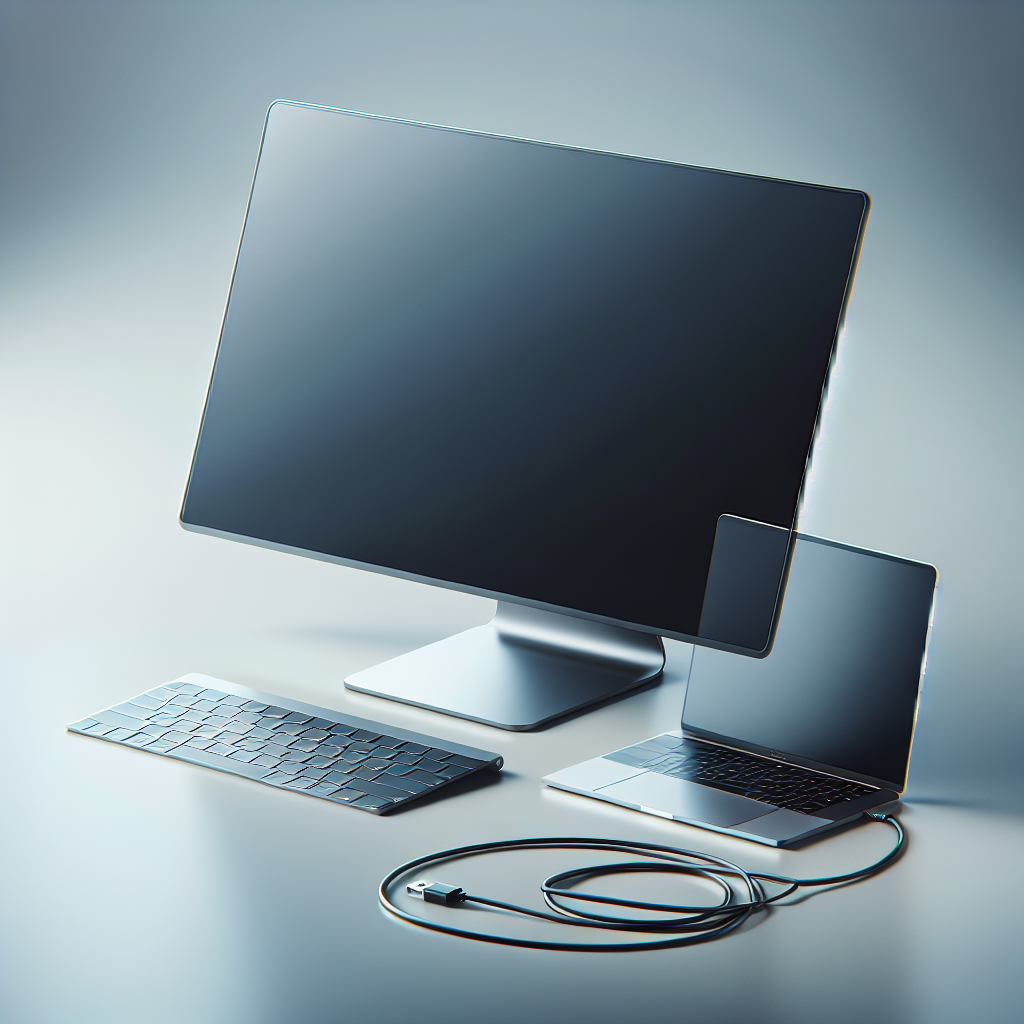
Can I connect an LCD monitor to a Mac computer?
Can I Connect an LCD Monitor to a Mac Computer?
Absolutely! Connecting an LCD monitor to a Mac computer is not just possible but also relatively straightforward with the right accessories. Whether you aim to expand your workspace, enjoy a larger display for gaming, or have a better setup for video editing, an external monitor will enhance your Mac experience.
Types of Connections and Adapters Required
The types of connections and adapters needed may vary depending on the model of your Mac computer and the input options on your LCD monitor. Below is a table that outlines the common Mac port types and corresponding adapters required:
| Mac Port Type | Adapter Required | LCD Monitor Input |
|---|---|---|
| USB-C/Thunderbolt 3 | USB-C to HDMI/DisplayPort/VGA adapter | HDMI, DisplayPort, VGA |
| Mini DisplayPort/Thunderbolt 2 | Mini DisplayPort to HDMI/DisplayPort/VGA adapter | HDMI, DisplayPort, VGA |
| HDMI | HDMI cable | HDMI |
| DisplayPort | DisplayPort cable | DisplayPort |
| Mini-DVI | Mini-DVI to VGA/HDMI adapter | VGA, HDMI |
Step-by-Step Guide to Connecting an LCD Monitor to a Mac
Identify the Ports
The first step in connecting an LCD monitor to a Mac computer is to identify the available ports on both the Mac and the LCD monitor. Common ports include HDMI, DisplayPort, and USB-C/Thunderbolt.
Select the Appropriate Adapter
Depending on the identified ports, choose the appropriate adapter or cable to facilitate the connection. For instance, if your Mac has a USB-C port and your monitor has an HDMI input, a USB-C to HDMI adapter will be necessary.
Connect the Cables
- Insert one end of the cable into the corresponding port on your Mac.
- Connect the other end of the cable to the port on your LCD monitor.
- If using an adapter, ensure it is connected properly.
Power On Your Devices
Turn on both your Mac computer and the LCD monitor. Wait a few seconds for the devices to establish a connection.
Adjust Display Settings
Once the connection is established, your Mac should automatically detect the external monitor. You may need to adjust the display settings to optimize your viewing experience. Follow these steps:
- Go to the Apple menu and select “System Preferences.”
- Click on “Displays.”
- Adjust the arrangement, resolution, and other settings as needed.
- Click “Apply” to save your changes.
Common Issues and Troubleshooting Tips
No Signal Detected
If your monitor displays a “No Signal” message, ensure that the cable and adapter are correctly connected. Try disconnecting and reconnecting the cable, and restart both devices.
Incorrect Resolution
If the resolution is not optimal, go back to the “Displays” settings in System Preferences and manually select the correct resolution for your monitor.
Monitor Not Recognized
If macOS does not recognize the external monitor, try using a different adapter or cable. Updating your macOS to the latest version can also resolve recognition issues. Additionally, resetting the system’s PRAM/NVRAM can be beneficial.
Benefits of Using an LCD Monitor with a Mac Computer
Connecting an LCD monitor to your Mac has numerous benefits:
- Enhanced Productivity: With more screen real estate, multitasking becomes more efficient.
- Better Viewing Experience: Larger and higher resolution screens provide a more immersive experience for games, movies, and creative work.
- Improved Ergonomics: Positioning an external monitor at eye level can reduce neck and eye strain.
- Flexibility: Dual-monitor setups offer flexibility in arranging windows and applications.
Conclusion
Connecting an LCD monitor to a Mac computer can greatly enhance your computing experience. With the right adapter and a few easy steps, you can enjoy a larger, clearer display in no time. If you encounter any difficulties, simple troubleshooting steps often resolve any issues. Make the most out of your Mac by expanding your screen!


